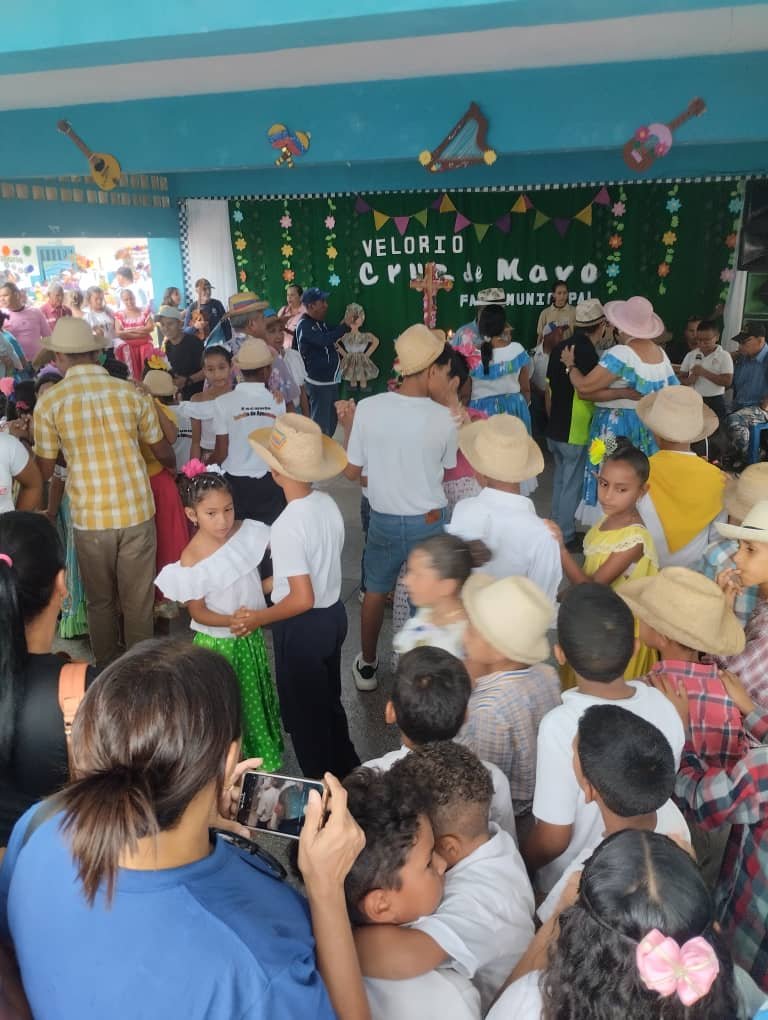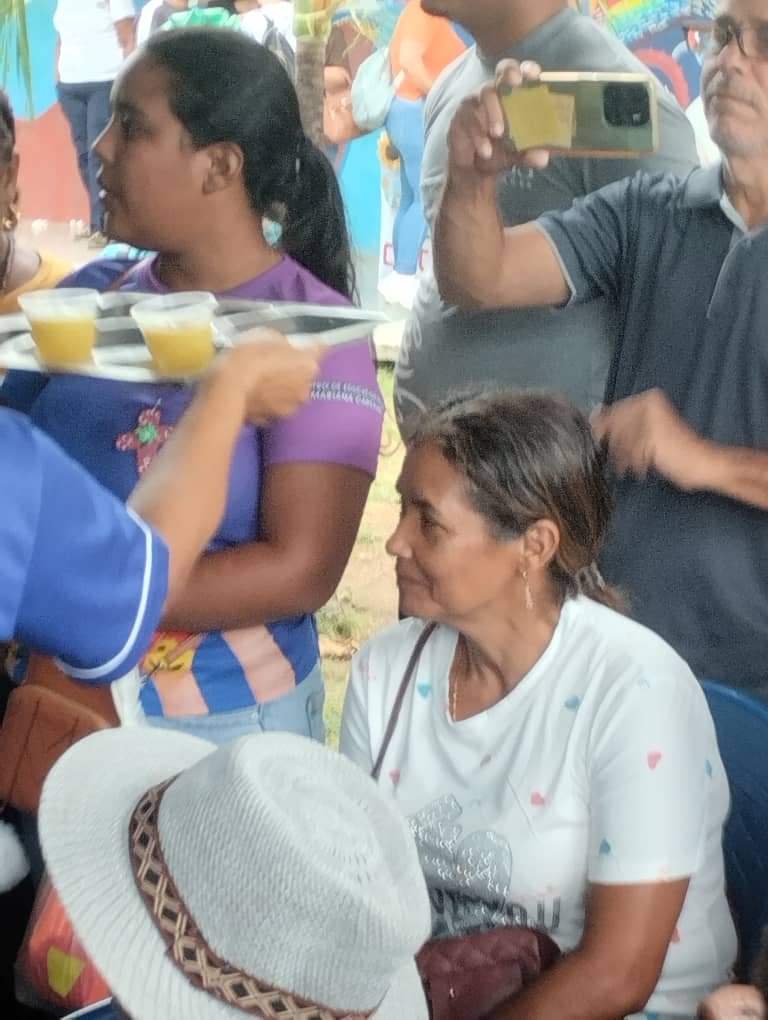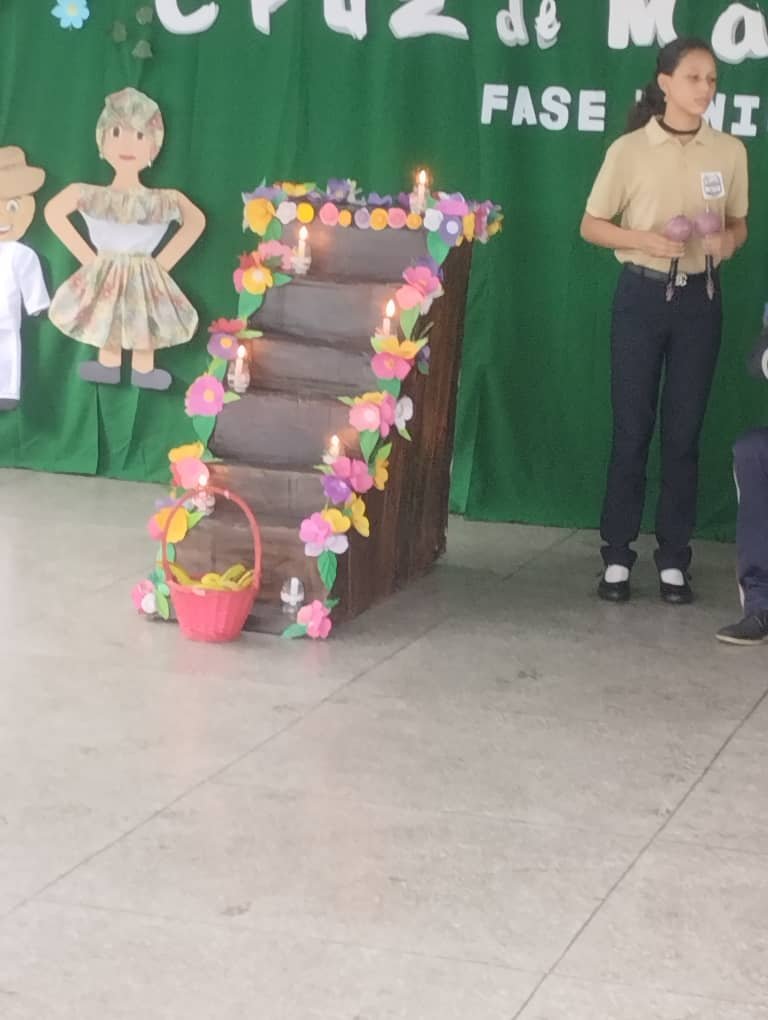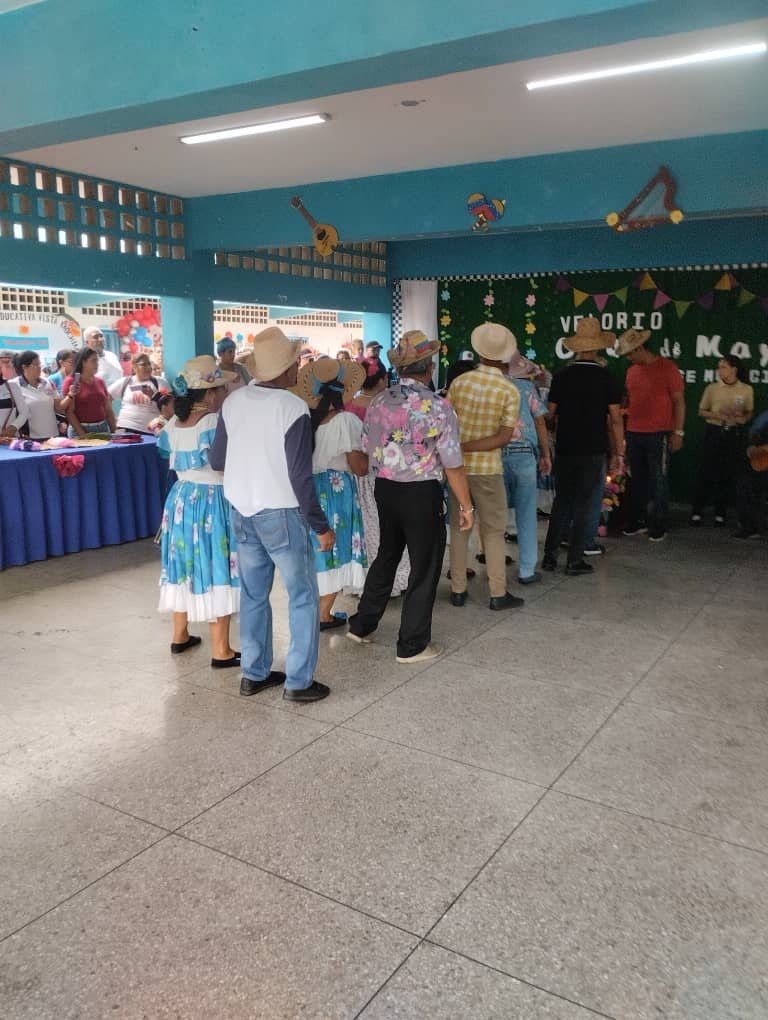In Venezuela there are many cultural manifestations rooted in our folklore, and many of them date from colonial times to the present day, one of them is the celebration of the Cross of May, which year after year is celebrated throughout the national territory in the month of May, and punctually on the third.
It is a purely Catholic festivity, very popular throughout our republic, even when we know that it is a manifestation that takes place in many Latin American countries. Its main objective is to signify the importance of the cross for the parishioners, as it was the death of Jesus of Nazareth.

It is also linked to the arrival of the rainy season, the celebration of nature and harvests. The Ministry of People's Power for Education has among its events, of a reflexive or obligatory nature, the celebration of the May cross in all schools.

The celebration is carried out, previously building an altar of seven sections, decorated with flowers of different colors, in each corner of each section are placed some lighted candles. The cross is also decorated with flowers of different colors. Seven pairs of godparents (woman - man) who must be prepared to dance the fulia, national song to the Cross of May, which is usually performed by a cultor or popular culture.

As the song goes on, the godfathers and godmothers take the cross and dancing with their feet in the shape of a cross, they raise the cross to the altar. Taking care that each pair of godparents go up one step until they reach the seventh step of the cross. Then. The cross is turned over, requesting permission from the Holy Cross.
Afterwards, something very funny happens, when they say: "echen carato pa'fuera". The organizers arrange several people and start handing out carato de mango (mango juice with paprika, sugar and vanilla) to all the attendees.

Later they announce the galerones songs. It is where children, youth and adults start those songs of Venezuelan folklore, which are characterized by tenths or espinela. Particularly when the activity is a school activity, as can be seen in the photos, the children are the protagonists.
After the songs and dances, permission is requested again to the Holy Cross to turn it over again, and the cross is lowered with the named godparents, always bearing in mind that the fulia must be sung.
Versión en EspañolEn Venezuela existen muchísimas manifestaciones culturales arraigadas en nuestro folklore, y muchas de ellas datan desde los tiempos de la colonia hasta nuestros días, una de ellas es la celebración de la Cruz de Mayo, que años tras año se celebraba en todo el territorio nacional en el mes de mayo, y puntualmente el día tres.
Es una festividad netamente católica, muy popular en toda nuestra republica, aún cuando sabemos que es una manifestación que se realiza en muchos países latinoamericanos. Su principal objetivo es signar la importancia que tiene la cruz para la feligresía, como lo fue la muerte de Jesús de Nazareth.

También está ligada a la llegada de la temporada de lluvia, a la celebración de la naturaleza y las cosechas. El Ministerio del Poder Popular para la Educación, tiene entre sus efemérides, de carácter reflexivo u obligatorio la celebración de la cruz de mayo en todas las instituciones escolares.

La celebración se realiza, previamente construyendo un altar de siete tramos, adornado con flores de diferentes colores, en cada esquina de cada tramo se ubican unas velas encendidas. La Cruz también se adorna con flores de diferentes colores. Siete pares de padrinos (mujer - hombre) que deben estar preparados para bailar la fulia, canto nacional a la Cruz de Mayo, que generalmente lo realiza un cultor o cultura popular.

En la medida que transcurre el canto, los padrinos y las madrinas toman la cruz y bailando con los pies en forma de cruz suben la cruz al altar. Cuidando que cada par de padrinos suba un tramo hasta llegar hasta el séptimo tramo de la cruz. Luego. Se voltea la cruz, solicitando permiso a la Santa Cruz.
Posteriormente, ocurre algo muy divertido, cuando dicen: "echen carato pa'fuera". Los organizadores disponen a varias personas, y empiezan a repartir carato de mango (jugo de mango con papelón, azúcar y vainilla) a todos los asistentes.

Posteriormente anuncian los cantos de galerones. Es donde los niños, jóvenes y adultos inician esas canciones del folclore venezolano, que se caracterizan por décimas o espinela. Particularmente cuando la actividad es escolar, como se aprecia en las fotos, se procura que los niños sean los protagonistas.
Luego de los cantos y bailes, se solicita nuevamente permiso a la Santa Cruz para volver a voltearla, y se baja la cruz con los padrinos nombrados, teniendo en cuenta siempre que se debe cantar la fulia.
✓Photos from my personal gallery, edited with Fotocollage.
✓Text translated with DeepL.
✓Fotos de mi galería personal, editadas con Fotocollage.
✓Texto traducido con DeepL.
Posted Using INLEO



